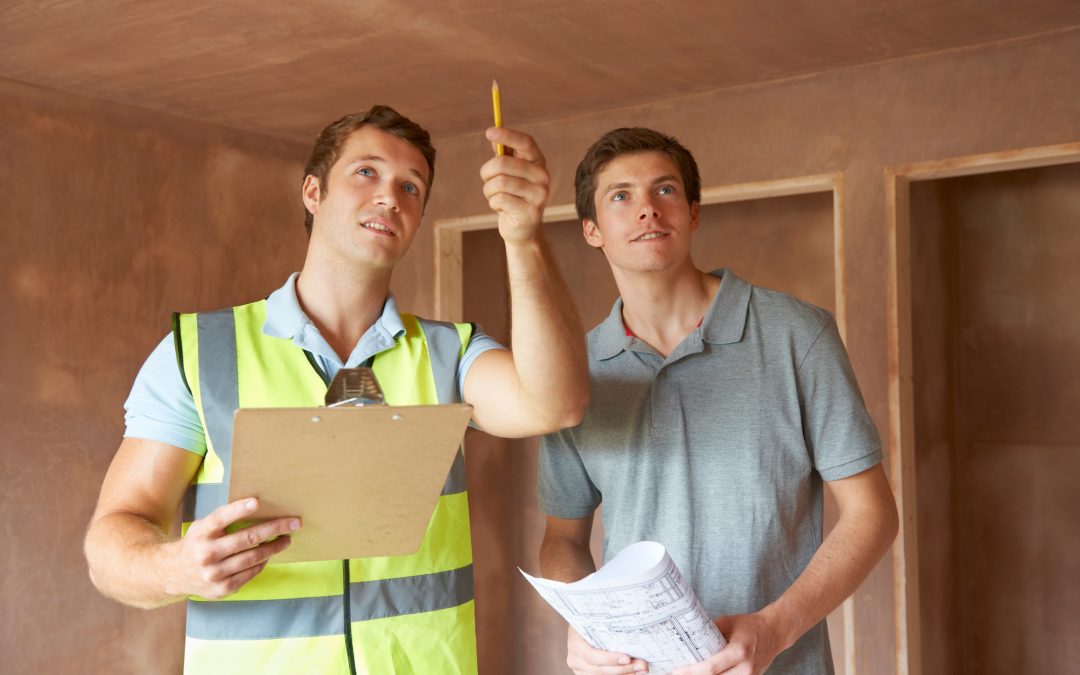Before you buy a home, an inspection is necessary. But why? Because, 86 percent of buyers who hire a home inspector find at least one problem that need to be addressed.
At the end of a home inspection, you get a stack of papers that gives information about every nuance of the house. This document is known as the home inspection report.
Before receiving an actual home inspection report, you should go through a sample home inspection report to know what you should expect. Depending on the size of the house and the exhaustiveness of the inspection, it may be a few pages or a bundle of papers
It’s from this report that you’ll be able to know whether a house is fit for occupation, and also whether it’s worth your money. If you’re in the process of buying a new home, here’s what you should expect a comprehensive home inspection report to look like.
General House Information
Within the first couple of pages of the report, expect to find general information about the house. This information includes the house address, number of rooms, and type of house.
Apart from information about the house, also expect to find information on the house inspection. You’ll find stuff like the inspection standards of practice and also more about the home inspector. Some reports also contain a key to common house inspection definitions and additional information, if necessary.
Some of the definitions or code you may find in this report include:-
- I (inspected) – means that the home inspector has inspected the element or the item in question
- NI (not inspected) – means that the inspector has not yet or was unable to inspect the item
- NP (Not Present) – means that the item or element is missing, or the inspector was unable to locate the item
- S denotes a safety concern – means that the home inspector evaluated the element and found that it could compromise the occupants’ safety
- D is for defect – means that the item or element in question is defective, and needs immediate repair or replacement
- R means repair – denotes that an item may need repair, but isn’t necessarily defective. This means that the item doesn’t require immediate attention, but repairs should be in order.
In some reports, the inspector may add information about the time and weather conditions at the date of inspection. If home inspectors are unable to access parts of the house or compound, they’ll also include that information in the reports.
Pictures of Reported Problems
A home inspector can’t go around pin-pointing problems with a house without giving sufficient evidence. As such, don’t be surprised to find a few pictures, usually with text at the bottom.
These pictures are photographic evidence of any defects, damages, or issues with elements or items in the house. The text at the bottom gives more information about the issue and what it means to the buyer or seller.
Reputable home inspectors typically have thermal imaging radiometers to detect moisture issues or irregular temperature fluctuations. This helps them identify any issues with the ventilation, wiring, or plumbing systems, which may indicate further water damage.
The report should contain a few thermal radiation images to show the exact problem. The images will also be useful to technicians if you’re planning to fix the underlying issues later on.
Systems and Other Components
A home inspector is a licensed professional but isn’t a certified technician that can point out intricate problems with systems in the house. However, they give pretty detailed information about the various components and systems inside the house. Just don’t expect them to go unscrewing vents, or unplugging any wires while they’re at it.
Before home inspectors get to the systems and components, they first have to inspect the home’s structure, including the roof, floors, and the likes. The inspectors then proceed to the house systems like the HVAC, Plumbing, and electrical systems. They also inspect for any signs of insect and rodent damage and conclude if there’s an infestation.
In some cases, defective systems may be safety concerns that buyers should be wary of. Since inspectors aren’t health professionals, all they do is point out the issue, and the rest is completely up to you. Most issues with systems can be easily repaired; you rarely have to repair an entire system.
The Summary
The final pages of the report contain the summary and sometimes the house ratings. You may find a general rating for the entire house, or sometimes ratings of the individual elements, systems, and components.
Even though there’s a summary in the final pages, it’s never a good idea to skip straight to the summary. Reading through the individual parts of the report will give you a clear picture of the house you’re selling. You should use the summary when you need to look up something about the house quickly.
After you read the summary, you should be able to establish conclusively whether the house is good enough for you. If not, you can choose to drop the house or ask for certain repairs before you buy the house. A home seller, on the other hand, can tell what parts of the house need fixing before putting it on sale.
Go Through a Sample Home Inspection Report
The report you see after your home inspection shouldn’t be the first report you’ve ever laid your eyes on. Ask for a sample home inspection report to know what you should expect after your home inspection. However, make sure you get the right home inspector for the job to be more confident about your purchase.
For professional, expedient, and comprehensive home inspections, schedule an inspection today, and we’ll do your bidding.

